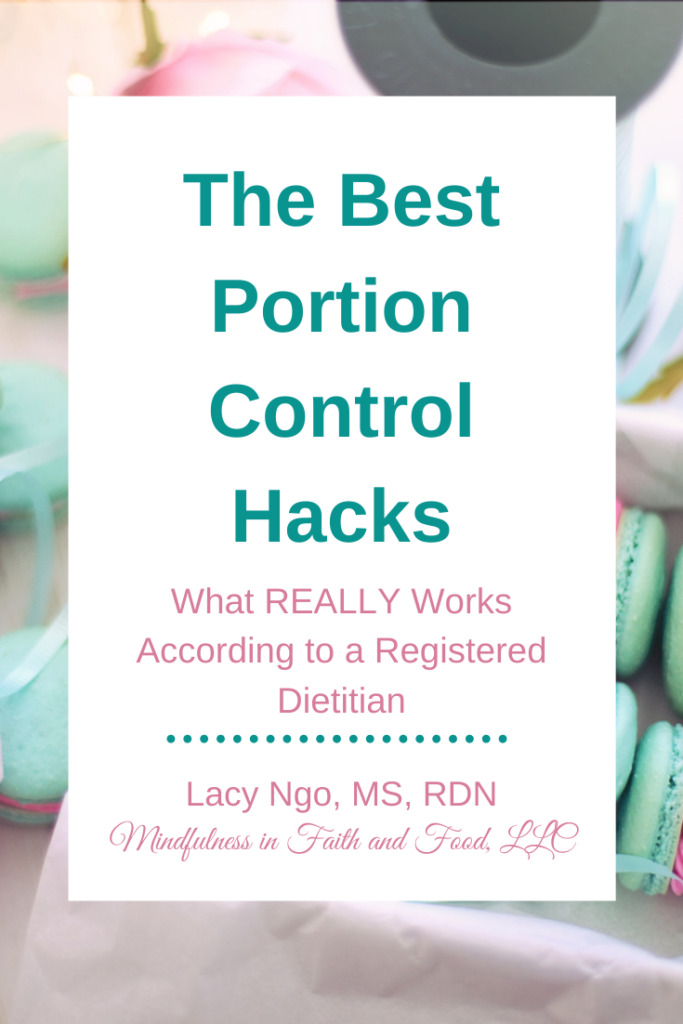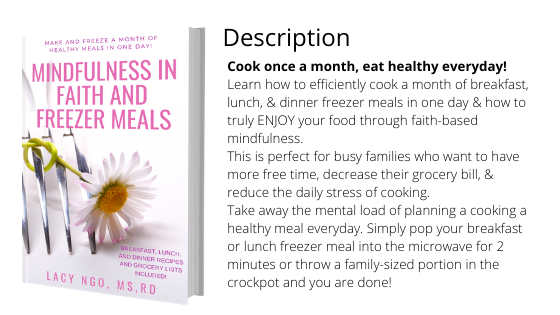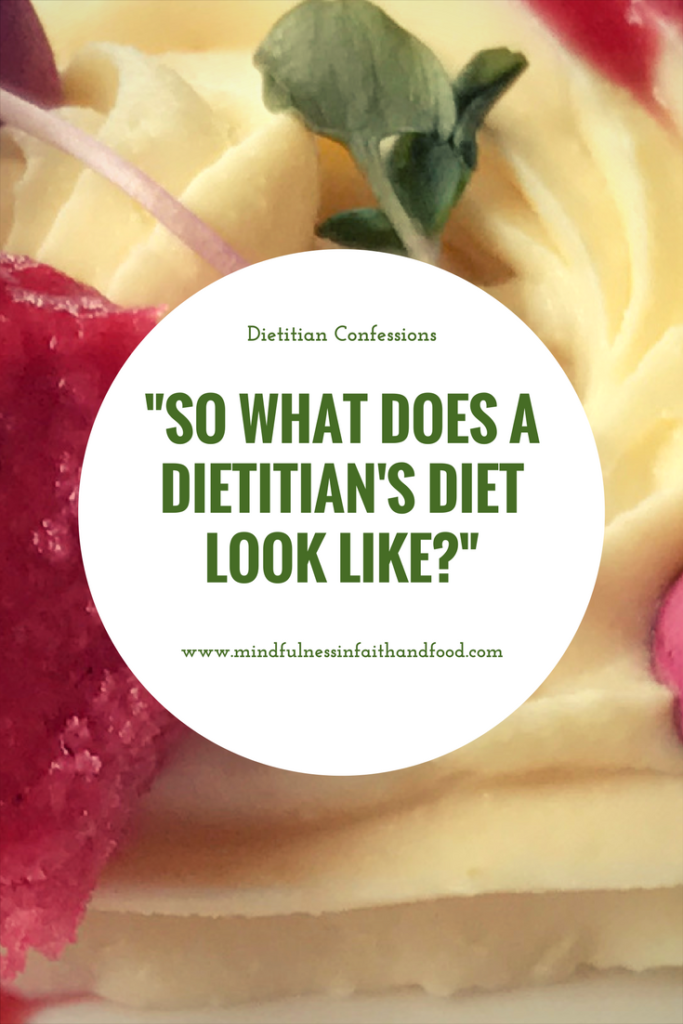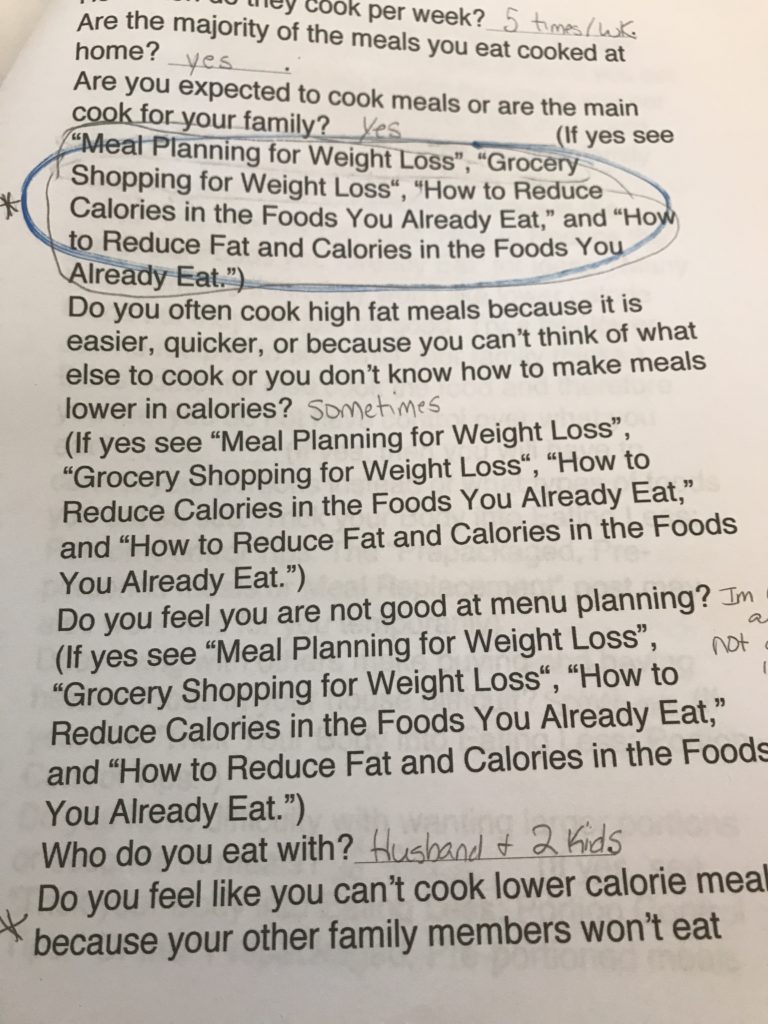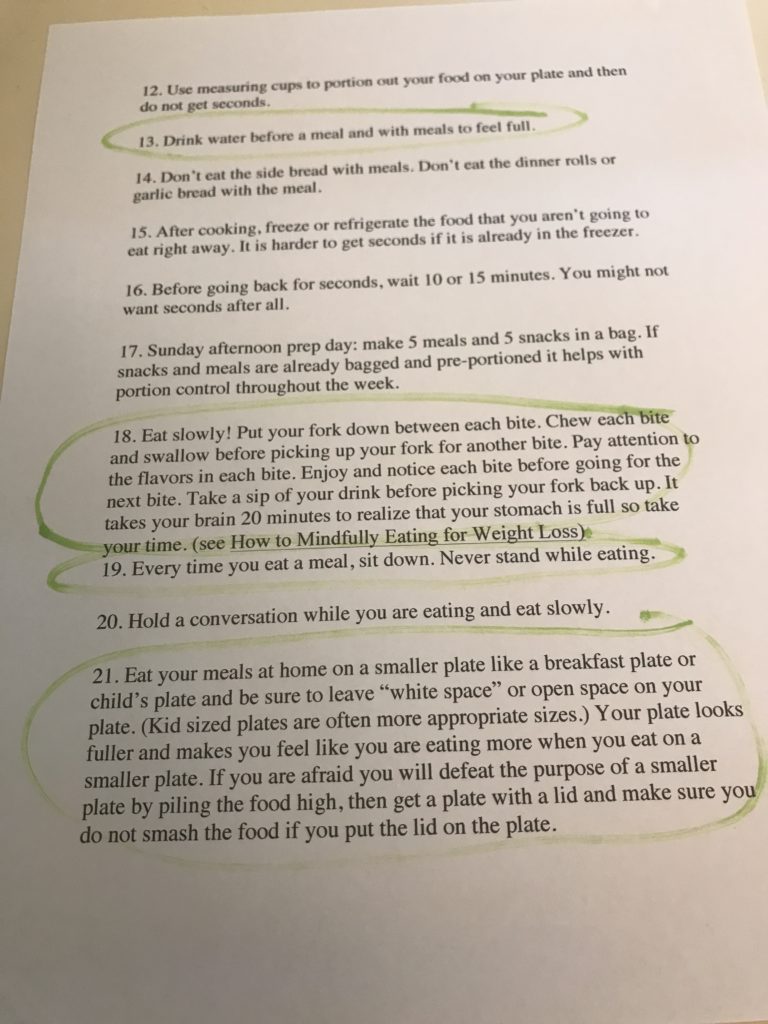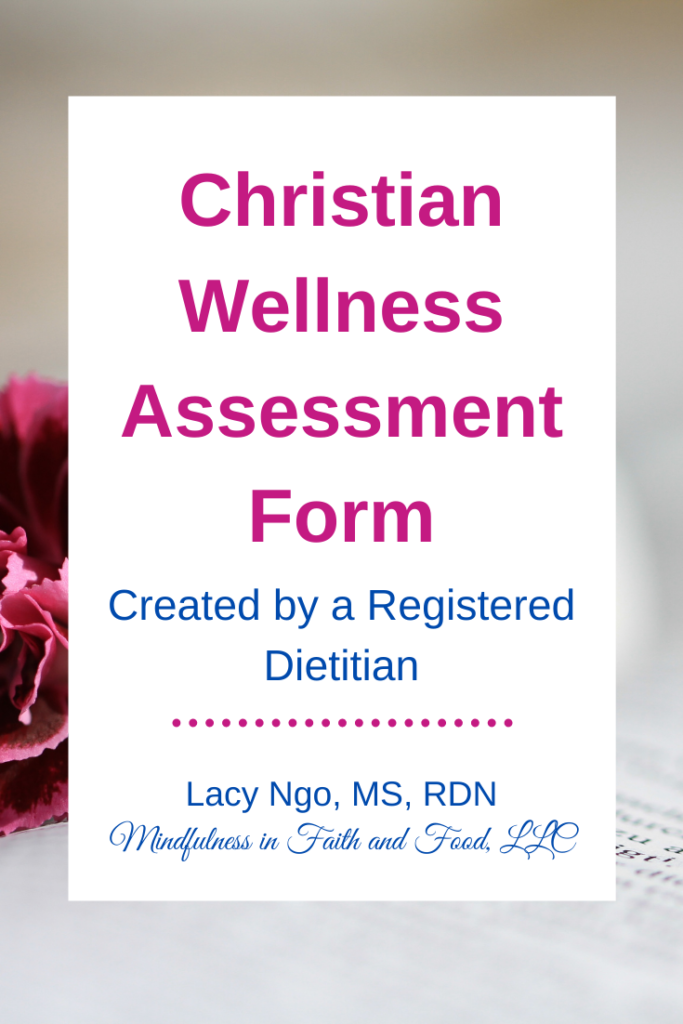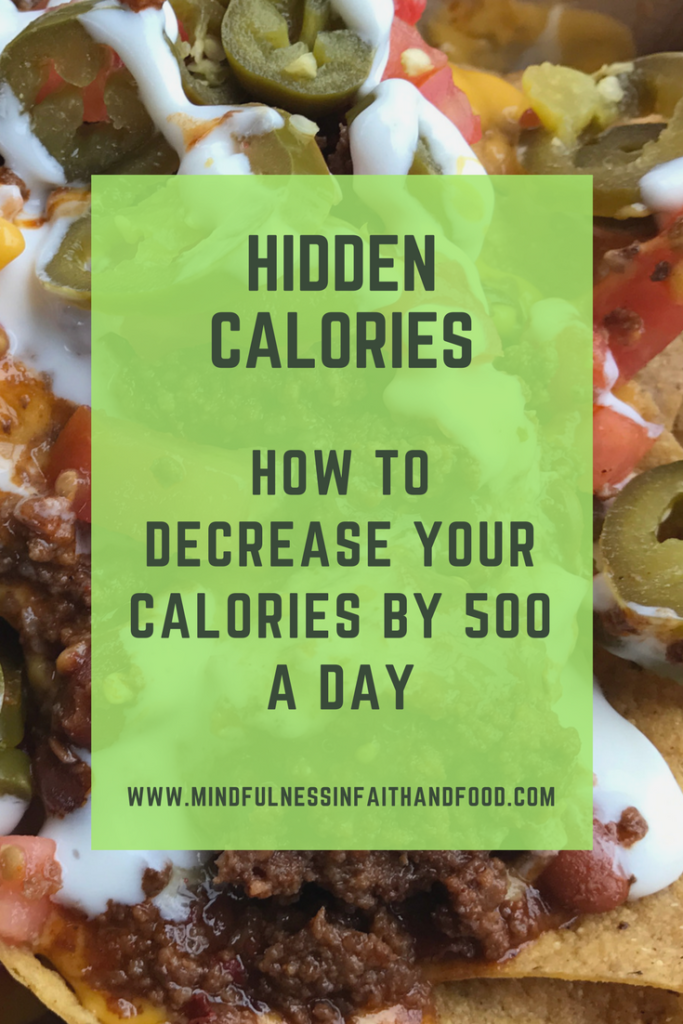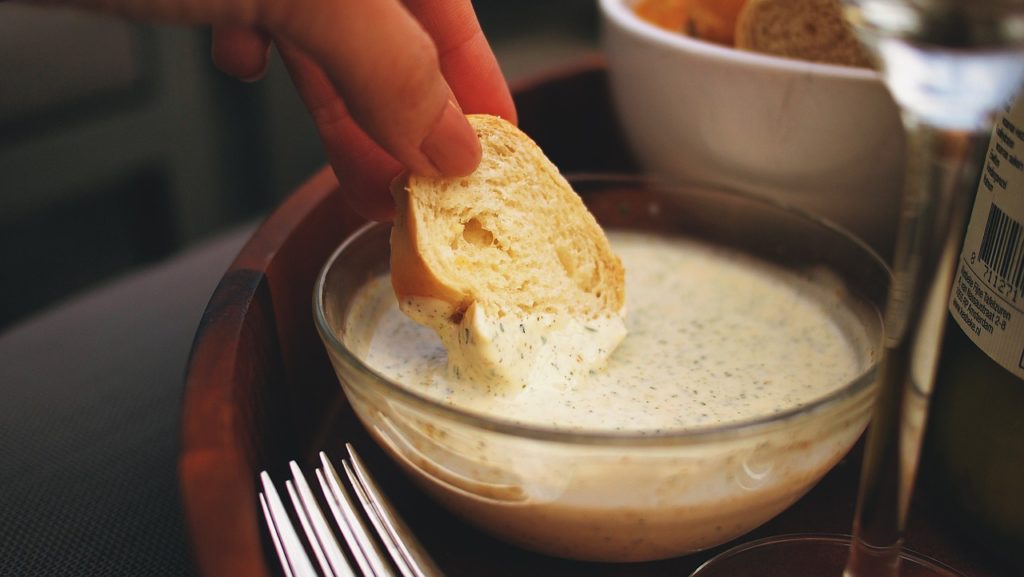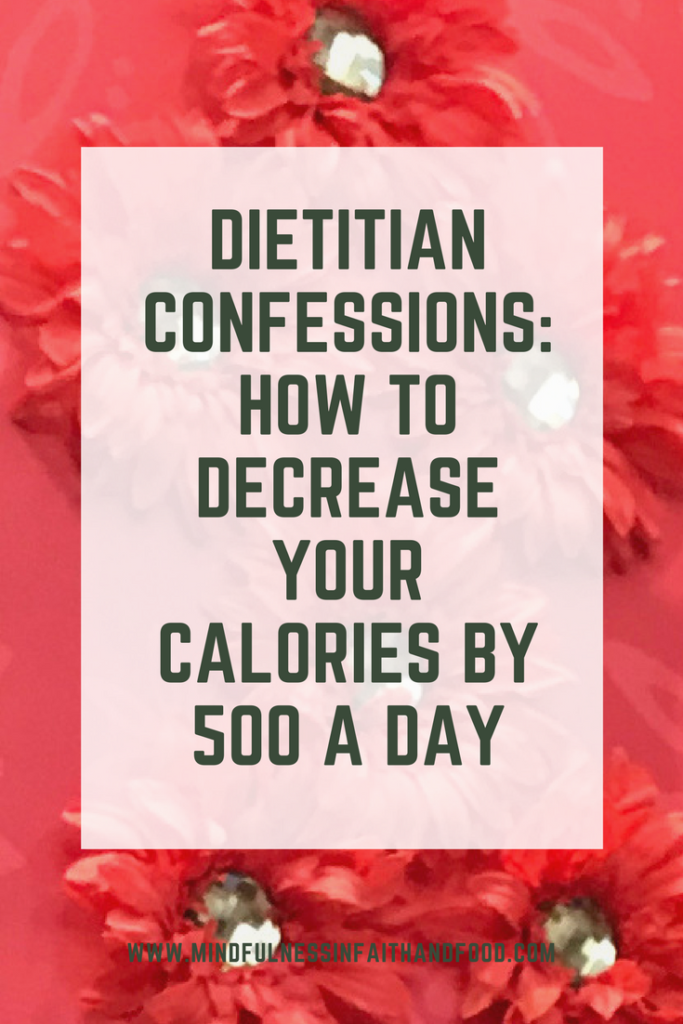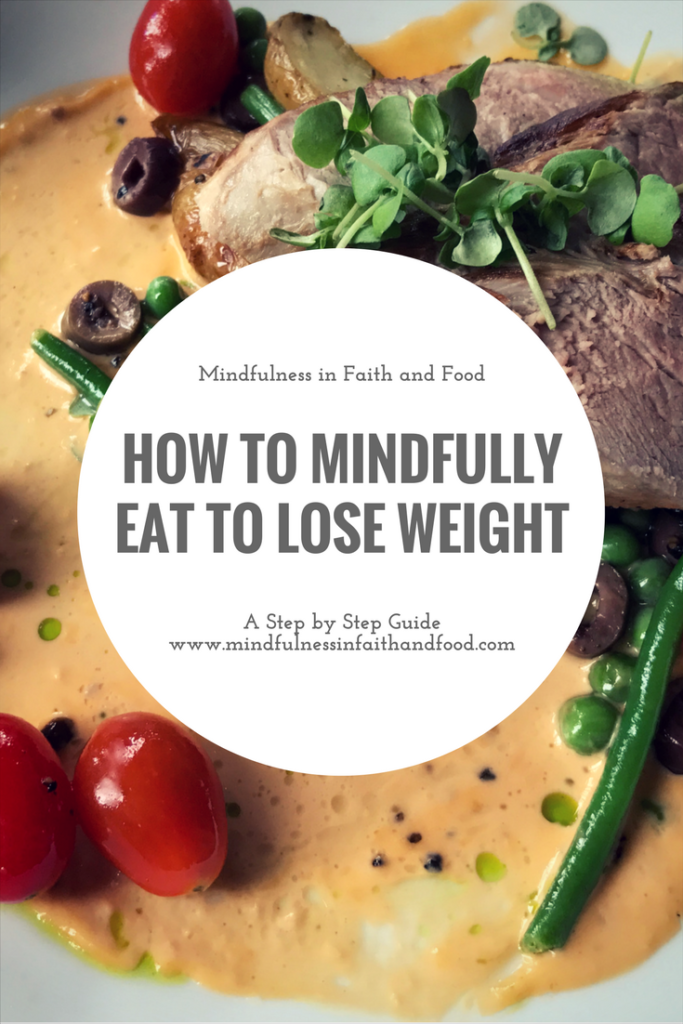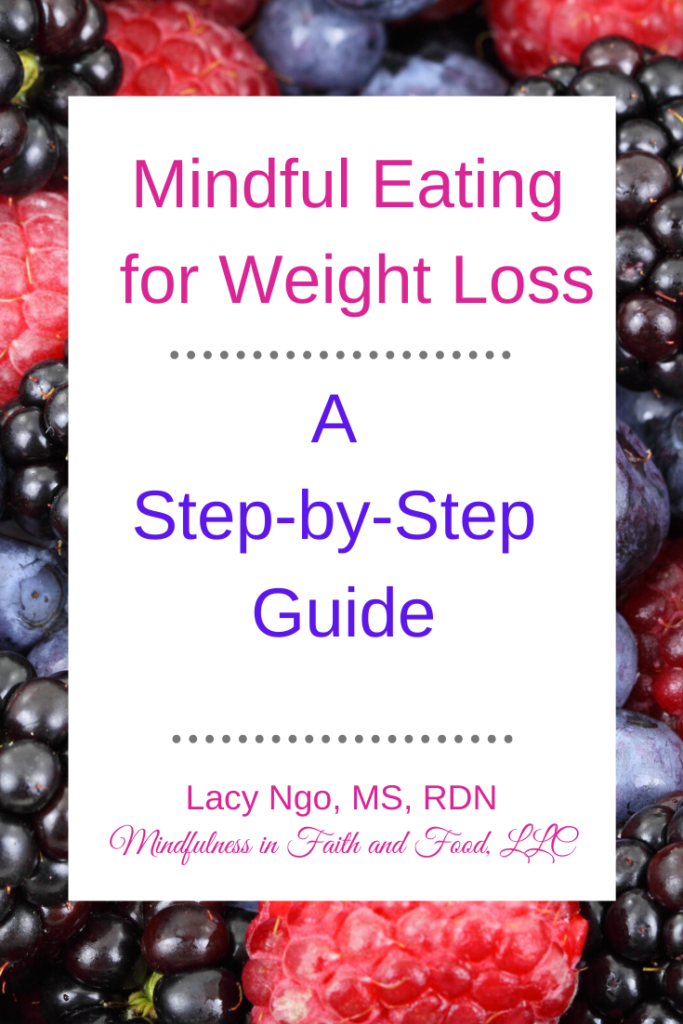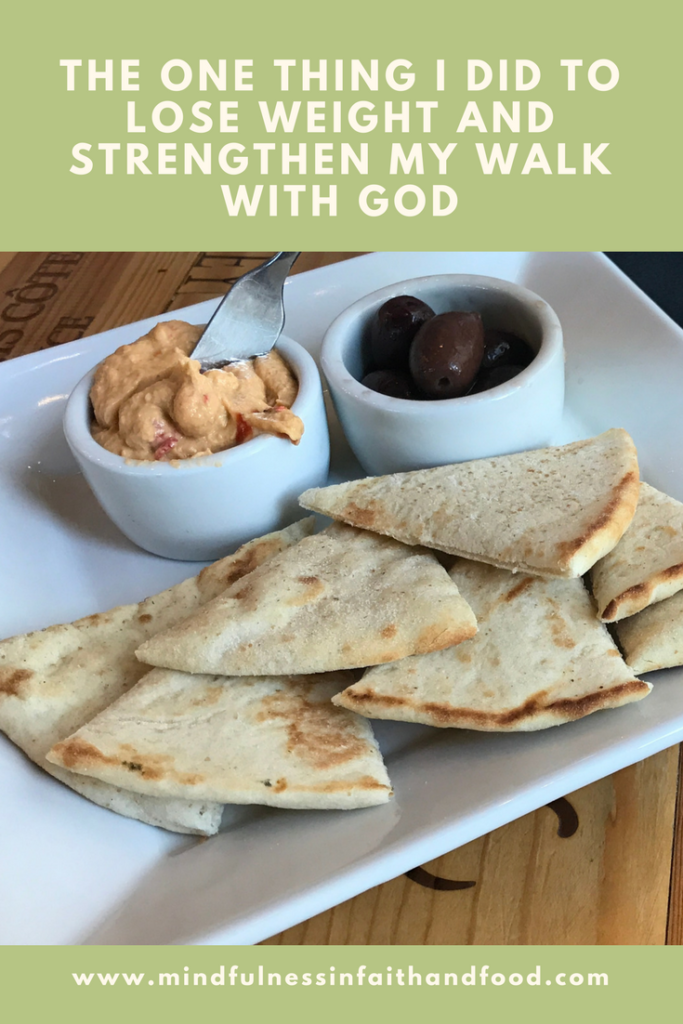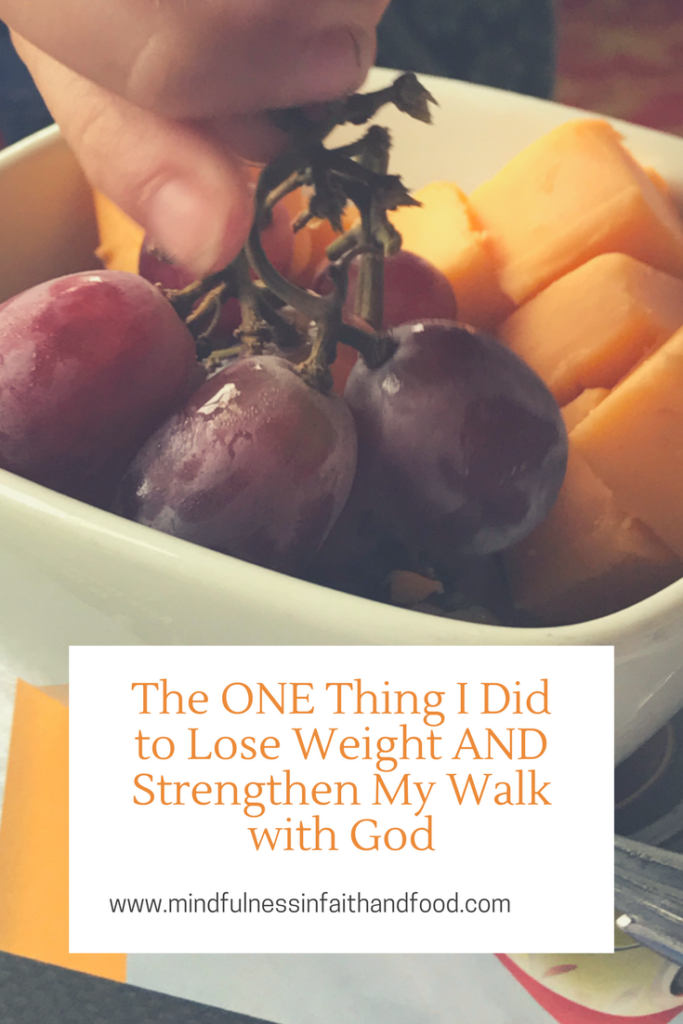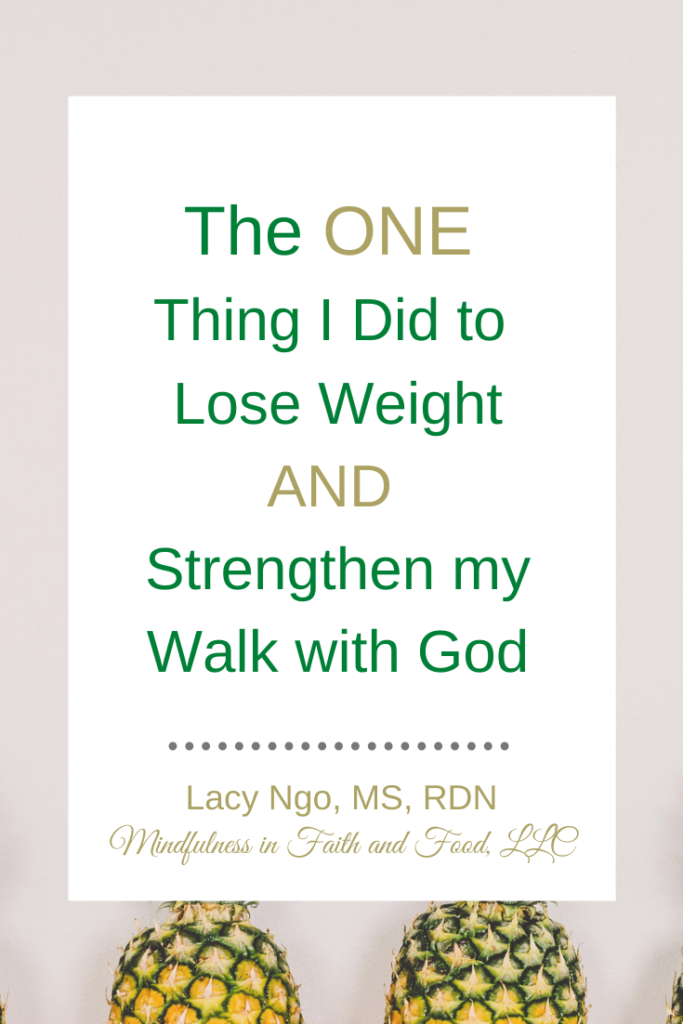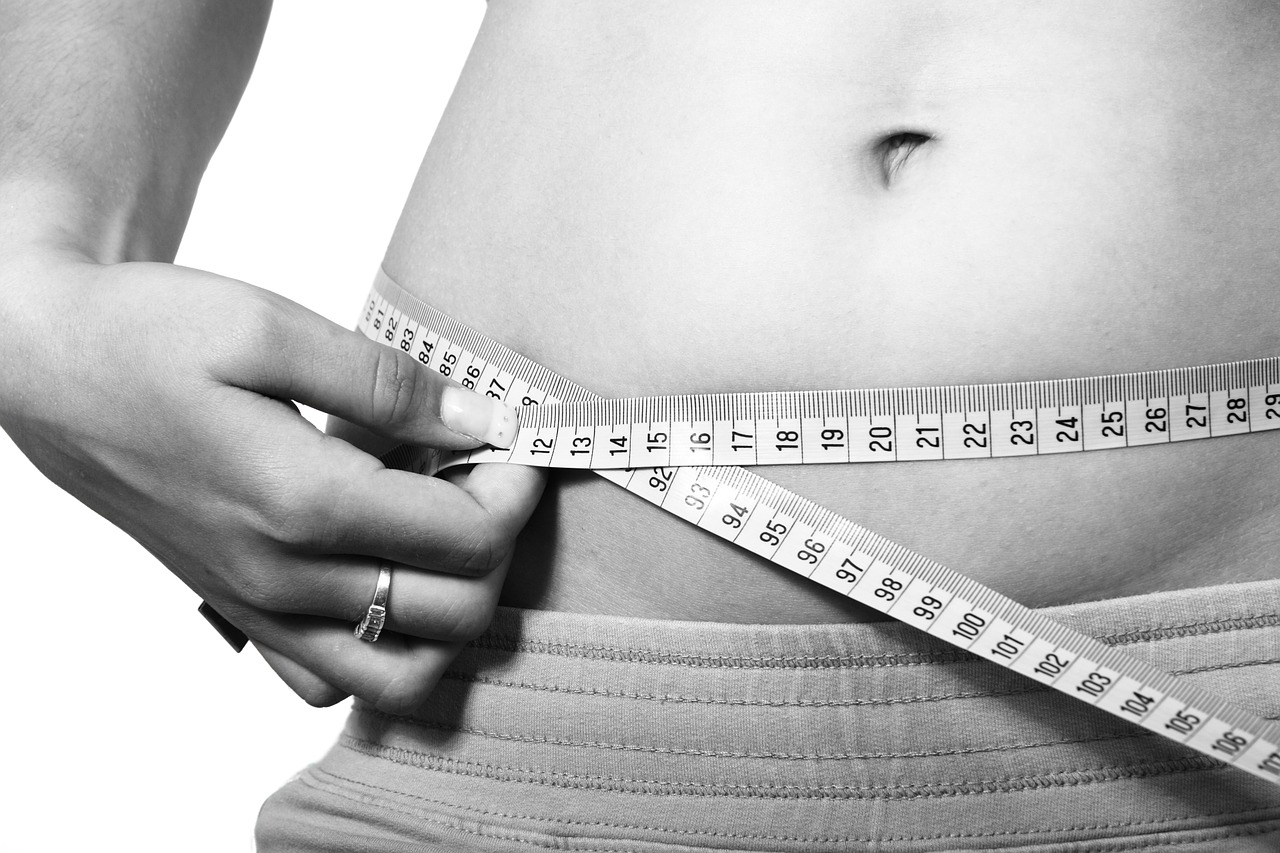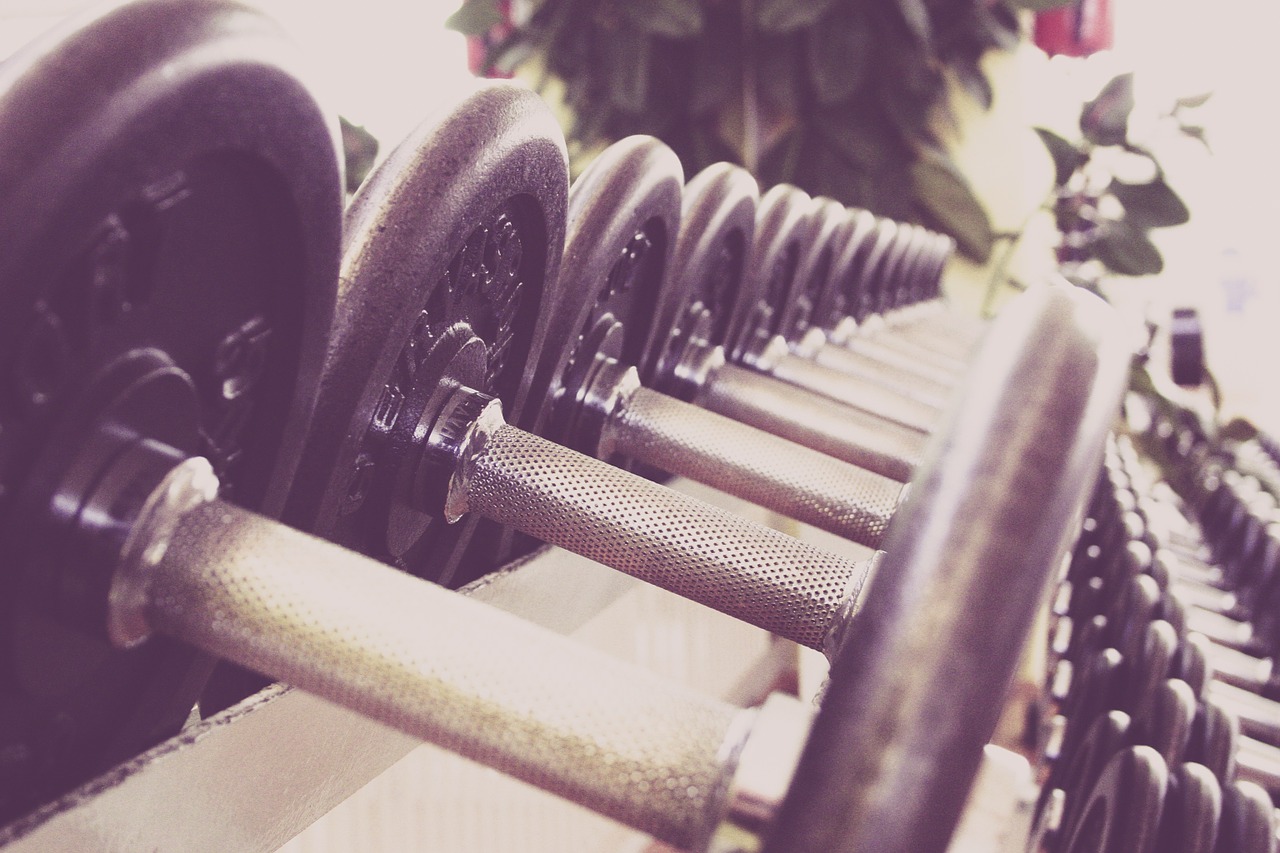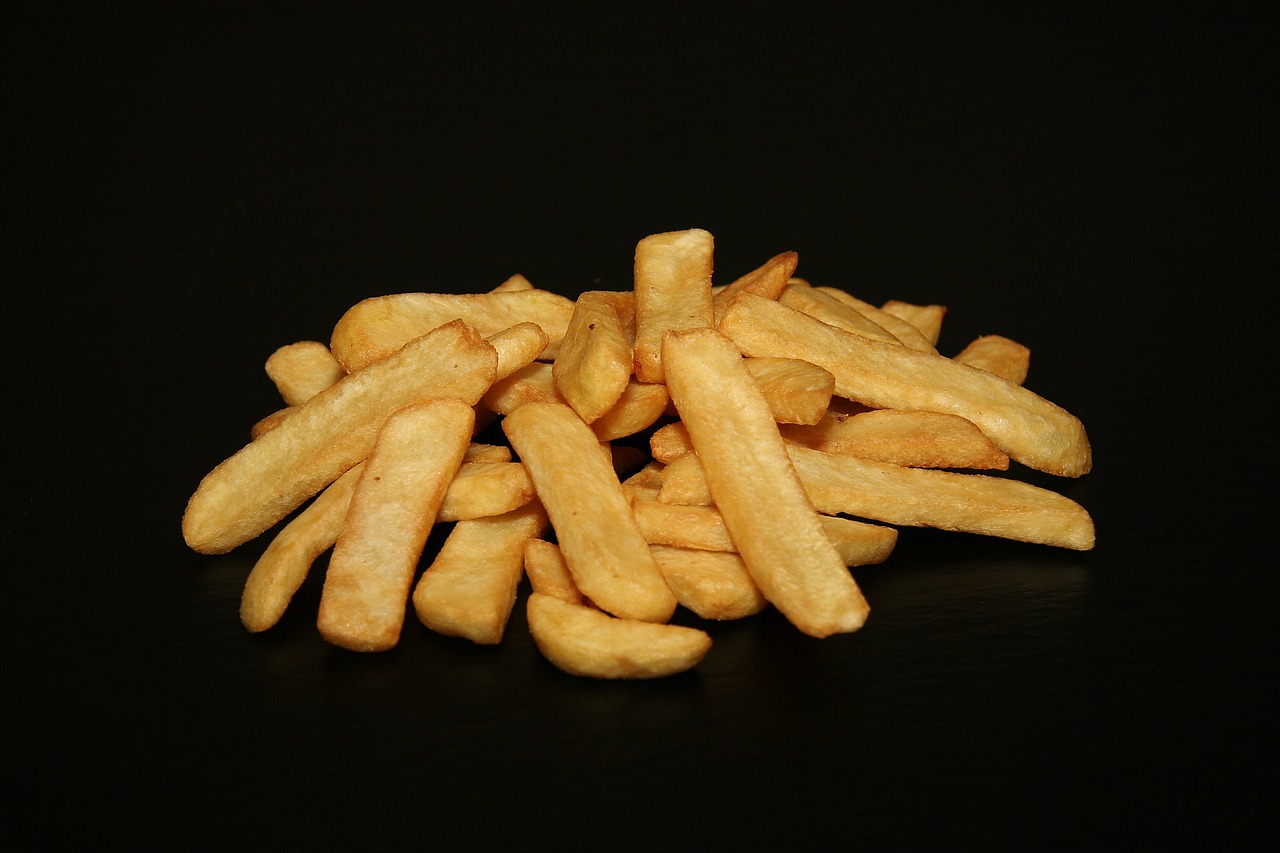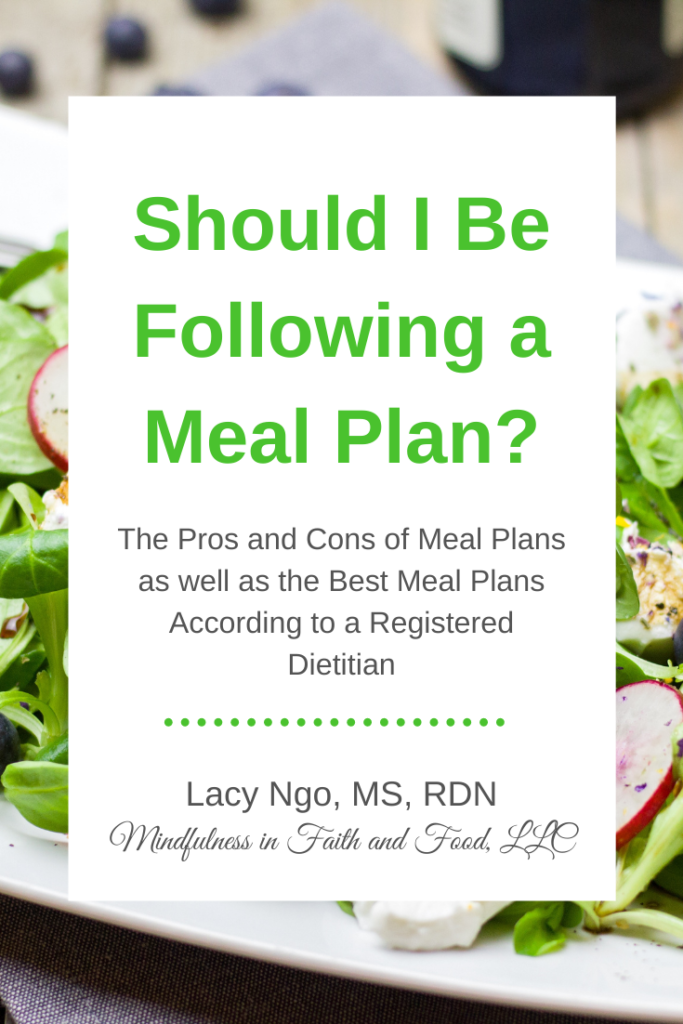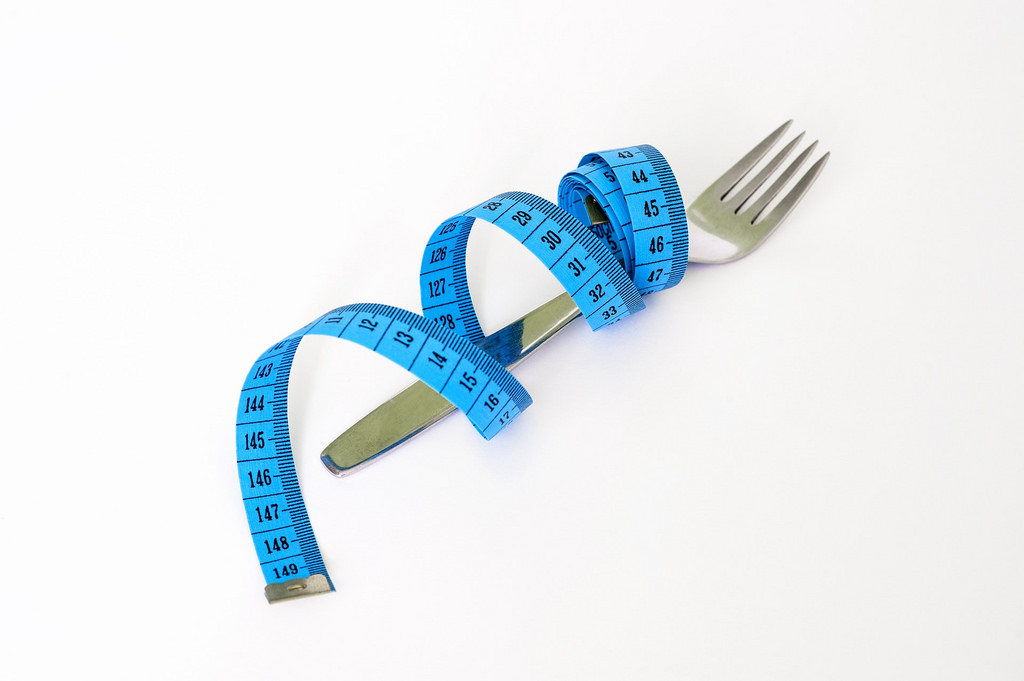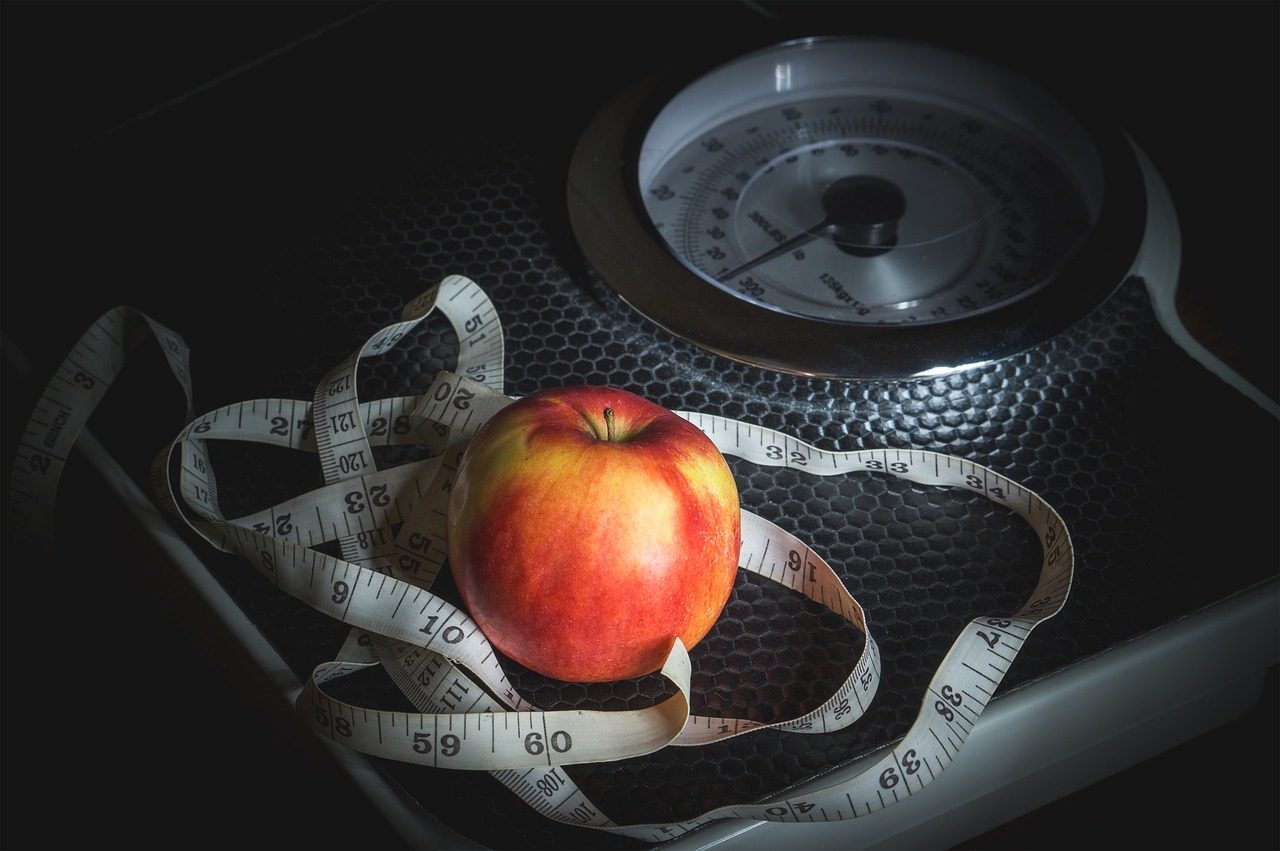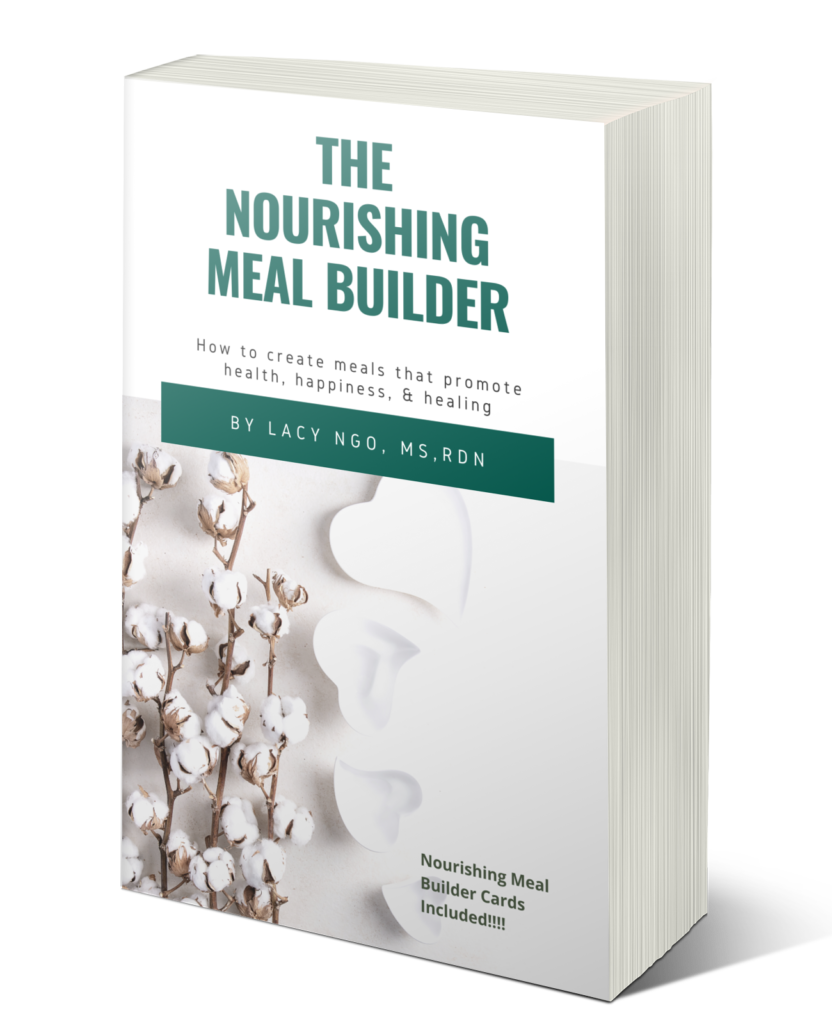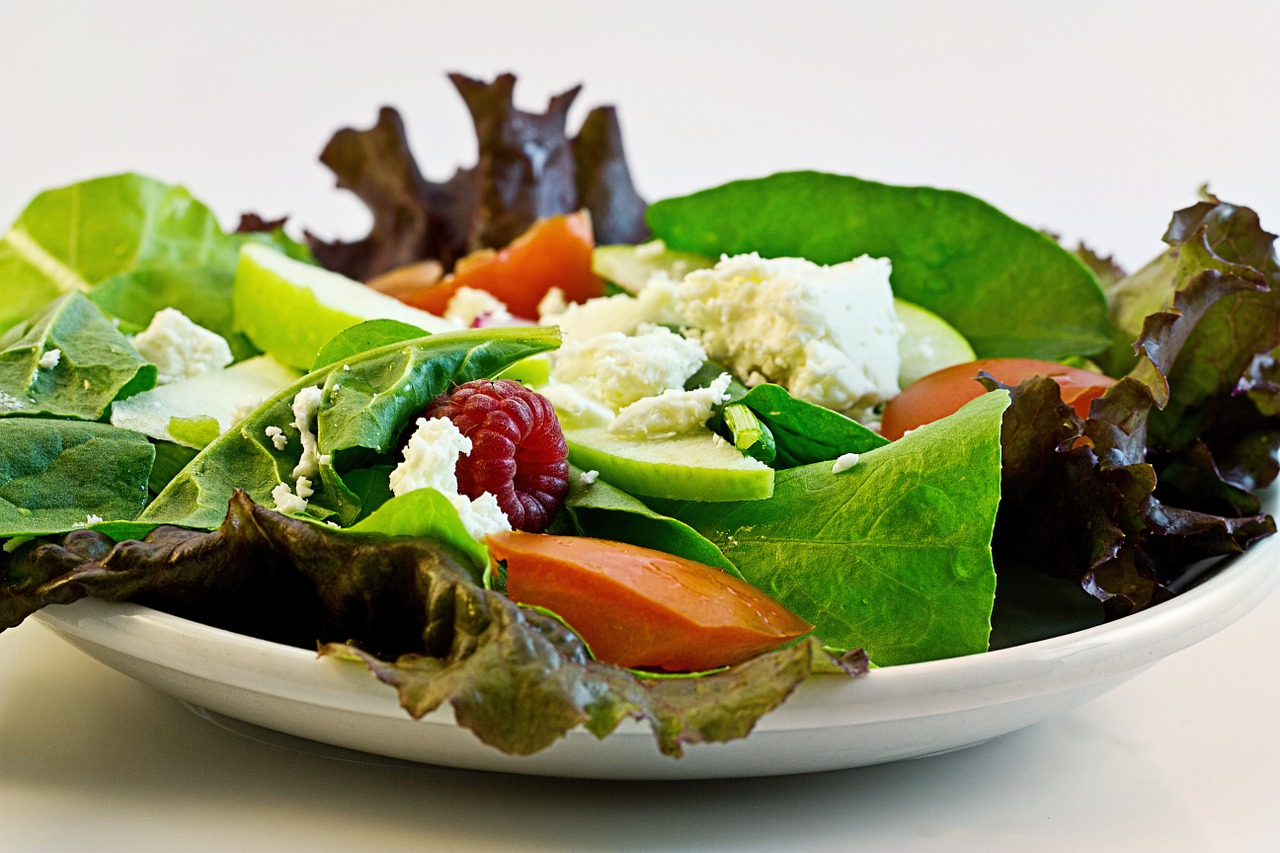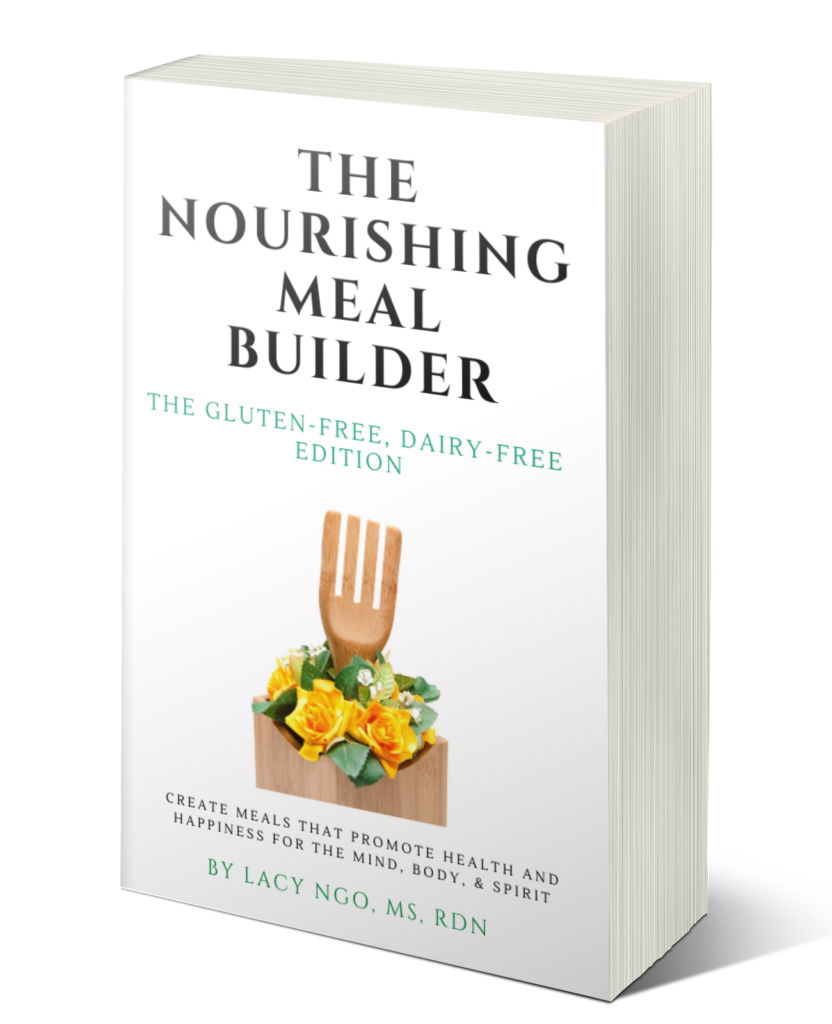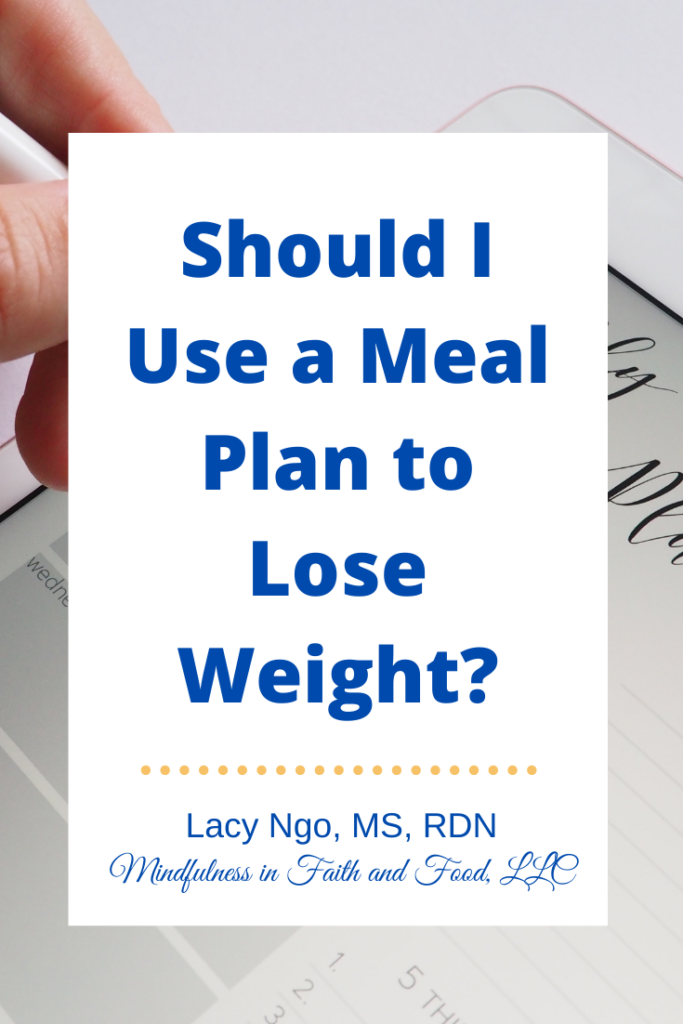Dietitian Confession: Hi, My name is Lacy Ngo, and I am a registered dietitian who has struggled with weight and weight obsessing. Here is a little background: I graduated cum laude with a B.S. in human nutrition and then went on to get a master’s in human nutrition as well. I knew all the science and best practices for weight loss, but I still had seasons of struggles. You can read more about my weight loss journey in 18 Weeks to a Healthier, Happier, More Purposeful Life. So my confession for today is I am a Dietitian, and I was able to stop food obsessing AND, in the process, lose weight through Mindful Eating. In fact, for the first time, weight loss came easily, and I was able to keep it off. Here is why mindful eating worked for me. Learn more about how to incorporate mindful eating into your life in 18 Weeks to a Healthier, Happier, More Purposeful Life
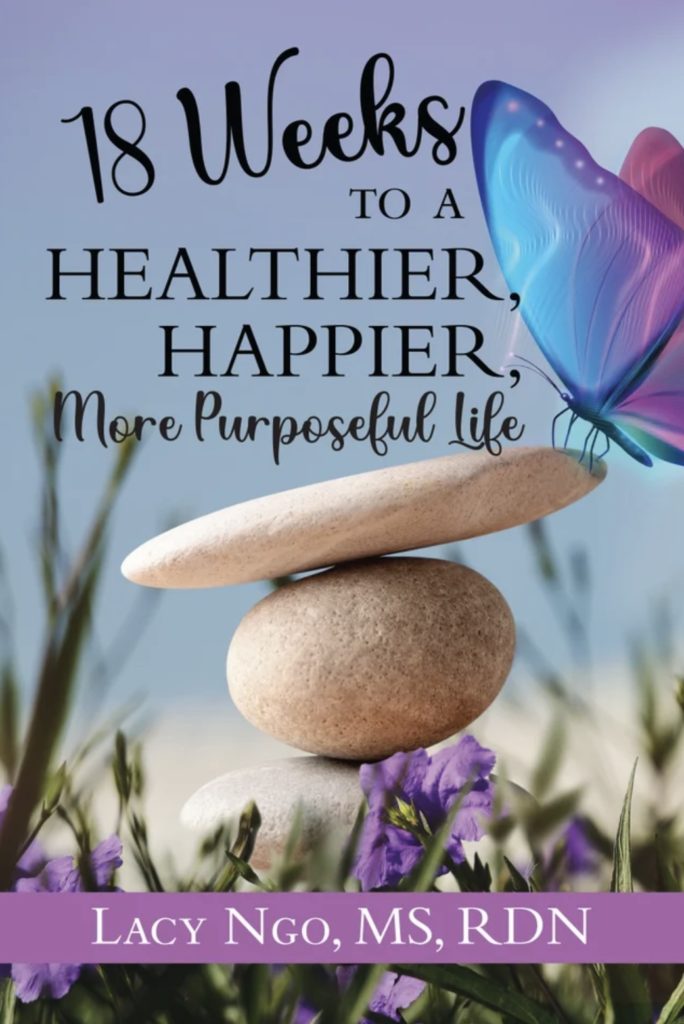
Mindful Eating Works Because Mindful Eating is About Enjoying your Food
Disclosure: This site may provide affiliate links (See full disclosure)
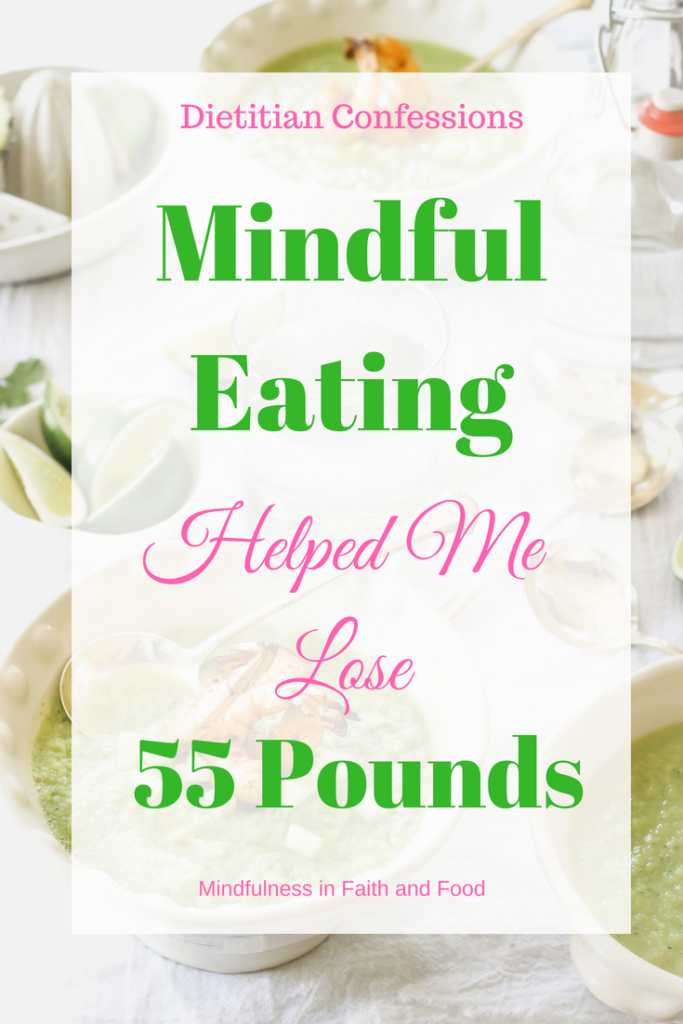
MindLESS Eating
Before understanding mindful eating, it helps to understand mindLESS eating. I think the best way to explain this is with a little story about when one of my clients realized mindLESS eating was his major weight loss barrier. During a nutrition counseling session, this client revealed that his “aha” moment occurred one day while he was at work. He told me that while he was walking past a coworker’s desk, he took a chip off of her desk and ate it without asking. The coworker jokingly said, “Hey! Don’t eat my lunch!” His response was eye-opening for him. Do you know what he said? “Did I just take that chip? I didn’t even know I did it!” He began to realize how often he mindlessly ate without even thinking, and how this affected his weight. Did he even enjoy that chip? No, he didn’t even know he had eaten it! He is not alone; many of us do it.
Mindful eating is about ENJOYING your food!
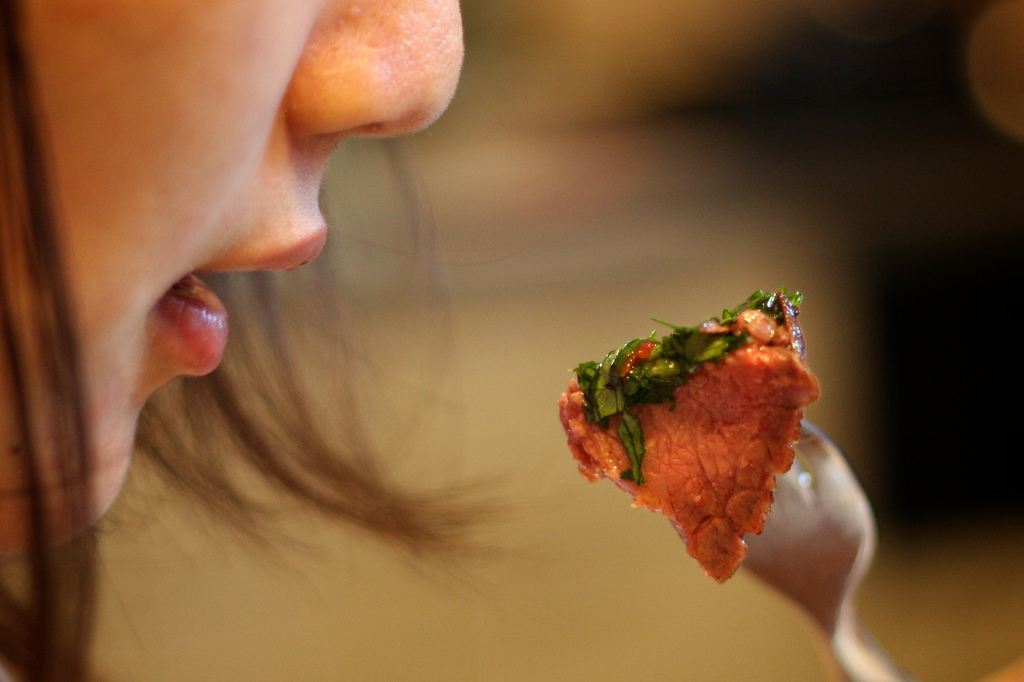

Mindful Eating Helps with Weight Maintenance
Mindful eating has been helpful not only with weight loss but also with weight maintenance. Although mindful eating might be a new concept for many, dietitians have been using at least some aspects of mindful eating with their clients for years, and some have found mindful eating so successful that they almost exclusively focus on mindful eating and hunger cues to help with weight loss.
Mindful Eating Helped ME Lose Weight
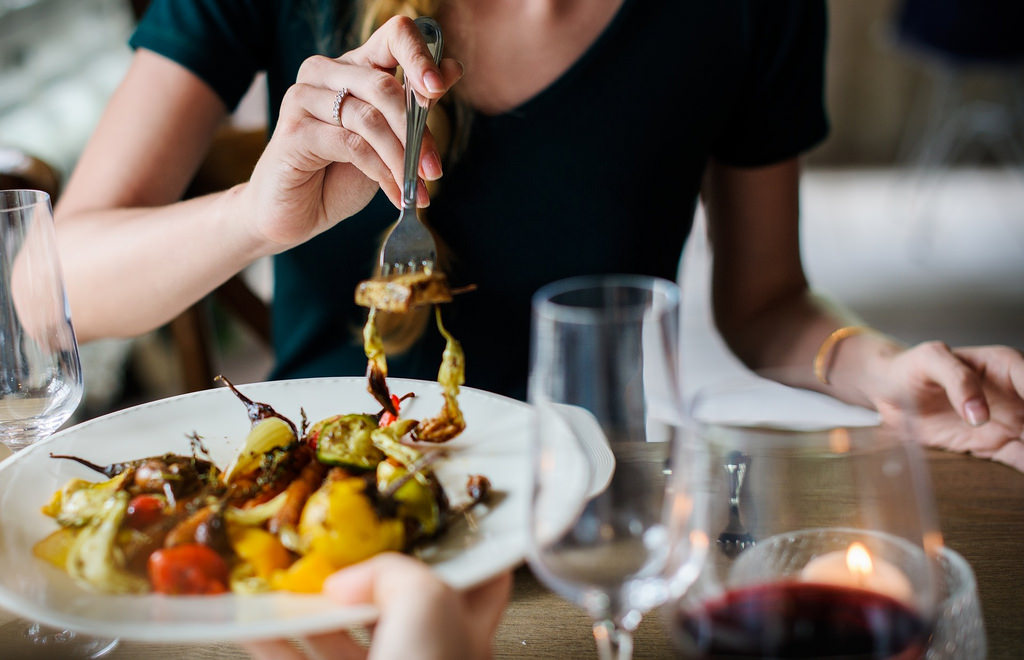

Less Need for Willpower
After my last baby, I was tired of the weight loss, and willpower game. I could lose weight with willpower again, but what was I going to do when the willpower wore off like it always does? I was getting tired of weight obsessing! And as a dietitian, I knew not only is weight obsessing not healthy, but health comes in many different sizes. After seeing the research and success of mindful eating, I decided to stop focusing on the scale and focus simply on mindful eating. Ironically when I finally stopped weight obsessing, I lost 55 pounds, and it was the easiest 55 pounds I have ever lost!
With Mindful Eating, No Food is Forbidden
With Mindful Eating, I never feel deprived. I rarely feel the need to cheat because I am ALWAYS permitting myself to enjoy eating. I’m not at war with food anymore. I overeat less and feel guilty less often because, with mindful eating, no food is forbidden. I no longer binge eat because I experience pleasure with food all the time! If I do splurge, it isn’t “over the top” anymore. In other words, I rarely stuff my face until I am painfully full.
Being mindful is about being aware of your food as you are eating, and being aware of how your body is feeling. My body never feels good after overeating less nourishing foods, and I can’t enjoy the rest of my day when I feel so uncomfortably full. When I mindfully eat, I slow down and notice my fullness sooner. The focus is on how I am feeling, not my weight. Since I no longer weighed myself, the only reason I even knew that I had lost that much weight is by seeing the weight at the doctor’s office.
With Mindful Eating, Food Doesn’t Have the Power over You Anymore
Not only is mindful eating helps with weight loss, but is often helpful for people struggling with binge eating and food obsessing. When people are constantly dieting, they are constantly obsessing about food. When there are no forbidden foods, food doesn’t have that power over you anymore. Mindful eating works because you don’t feel deprived; you enjoy your food; there are no forbidden foods; you feel less guilt, and it takes less willpower.
About Lacy Ngo, MS, RDN
Lacy Ngo is a registered dietitian who has experienced the positive effects of mindfulness in her own life. She has also completed mindful eating training and teaches mindful eating classes in her community. Ngo is the author of several faith-based mindfulness and mindful eating books including, Faith, Mindfulness and Nutrition, The Nourishing Meal Builder, and Mindfulness in Faith and Freezer Meals.
The Nourishing Meal Builder
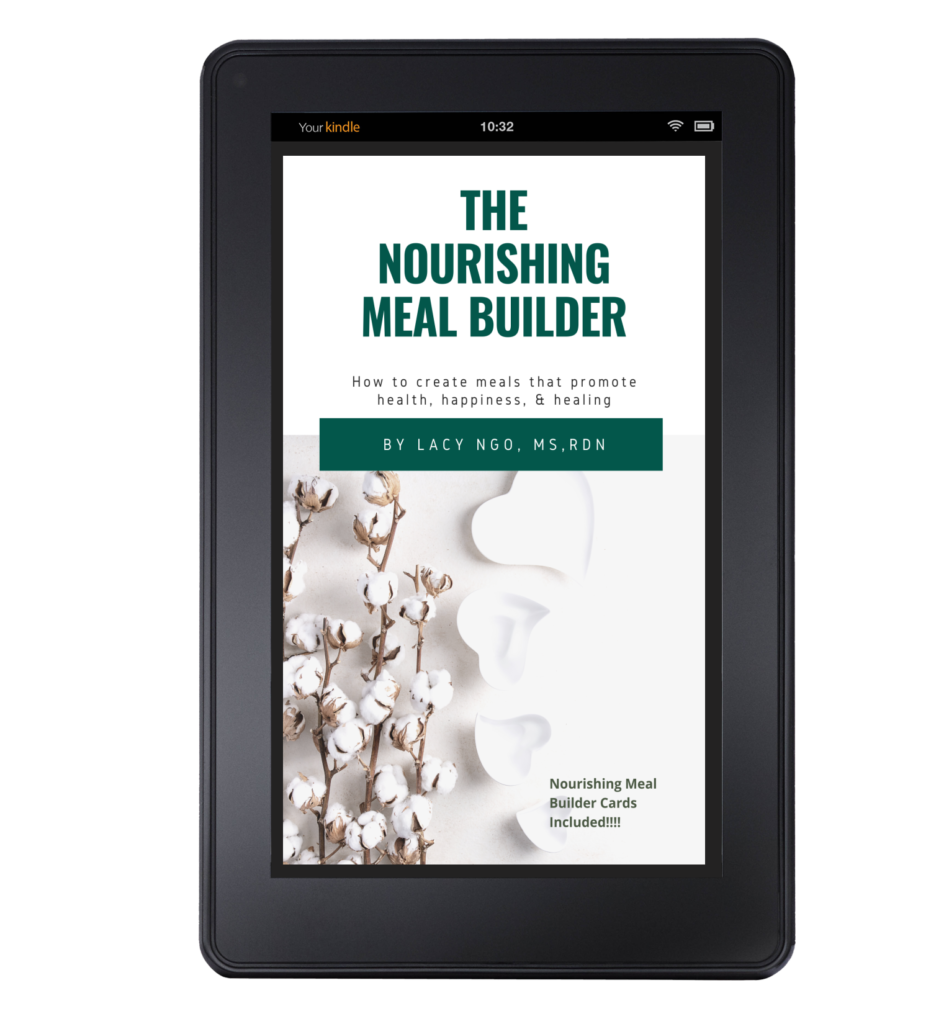
The Nourishing Meal Builder and the included Nourishing Meal Builder Cards take the stress out of cooking nourishing, healing meals! Motivated by her son’s illnesses and her symptoms, Lacy Ngo became passionate about providing an easy strategy that busy families could use to implement research-based nutrition into their daily lives.
After incorporating these strategies into her own life, Ngo was even more convinced that faith-based mindfulness and nutrition can change lives:
-Her mood improved
-Her seasonal allergies stopped showing up in the fall and spring
-Her energy improved
-Her acne went away
-Her family got sick less often
-Her son’s behavior and anxiety improved use to implementing research-based nutrition into their daily lives.
What’s included in The Nourishing Meal Builder?
Lists of nutrients and foods that boost mood; promote cognitive function, focus, attention, alertness, and memory; support the immune system; aid in weight loss; and reduce the risk of chronic diseases, autoimmune diseases, Alzheimer’s disease, joint pain, and even seasonal allergy symptoms
-A simple Meal Plan Checklist
-A faith-based mindfulness and mindful eating guide
-Printable Meal Builder cards
The Mindfulness in Faith and Freezer Meals” ebook
If you are looking to lose weight with Mindful Eating then you may want to purchase the “Mindfulness in Faith and Freezer Meals” ebook. This ebook contains a detailed freezer meal plan and weight loss guide.
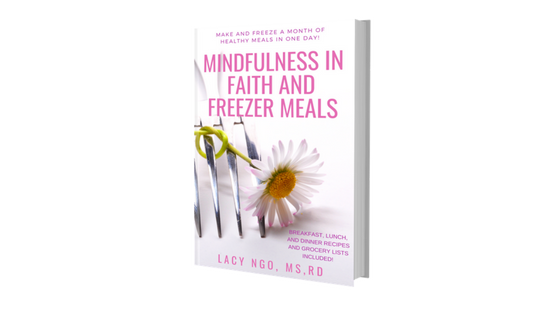
The “Mindfulness in Faith and Freezer Meals” eBook has 22 Chapters full of helpful information and tips including:
- The “What is Preventing You From Living a Healthier Life?” interactive quiz
- The Mindful Eating Guide
- The Importance of Faith
- A Complete Healthy Freezer Meal Plan: You will learn how to cook all of your breakfasts, lunches, and dinners for a whole month in ONE day. Don’t worry, I don’t just give you a bunch of recipes and tell you to cook them in one day. The ebook includes strategies and “Pro Tips” on HOW to efficiently cook your meals in one day.
The goals of cooking all of your meals in ONE Day are:
- More daily free time,
- A decreased grocery bill,
- Healthier meals for the whole family,
- Less daily stress, and
- Weight Loss/Weight Maintenance
Learn more about the “Mindfulness in Faith and Freezer Meals” eBook here.
To Find out how to Mindfully Eat, click here
Other Products you May Enjoy
Resources:
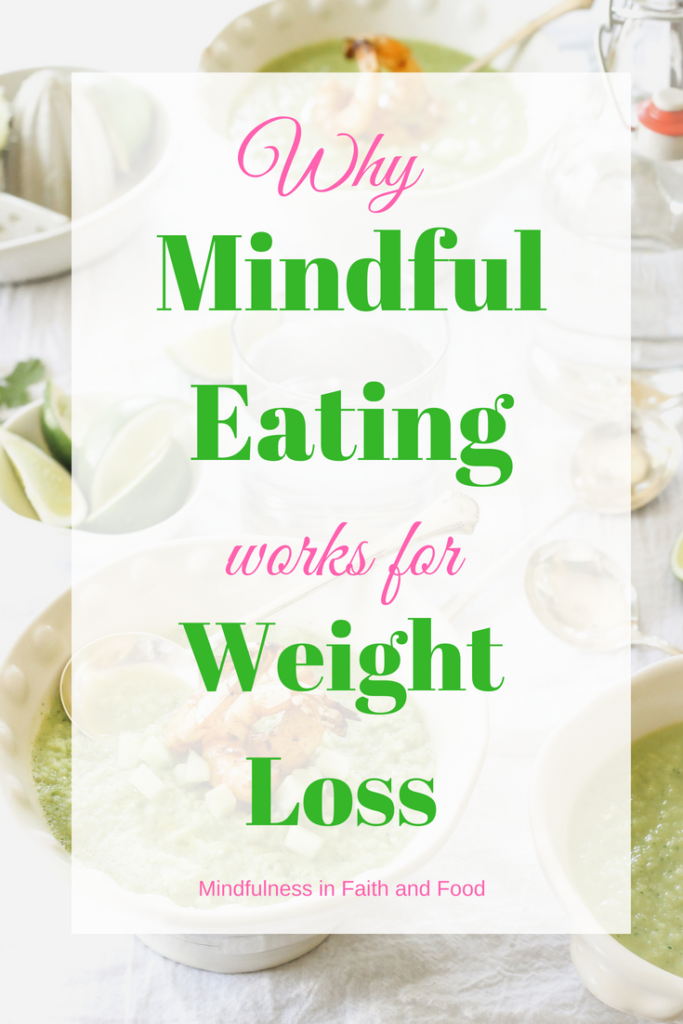
You are free to retain any content here for personal use, but need permission to use it anywhere else on the internet.
This blog is hosted by Bluehost.

